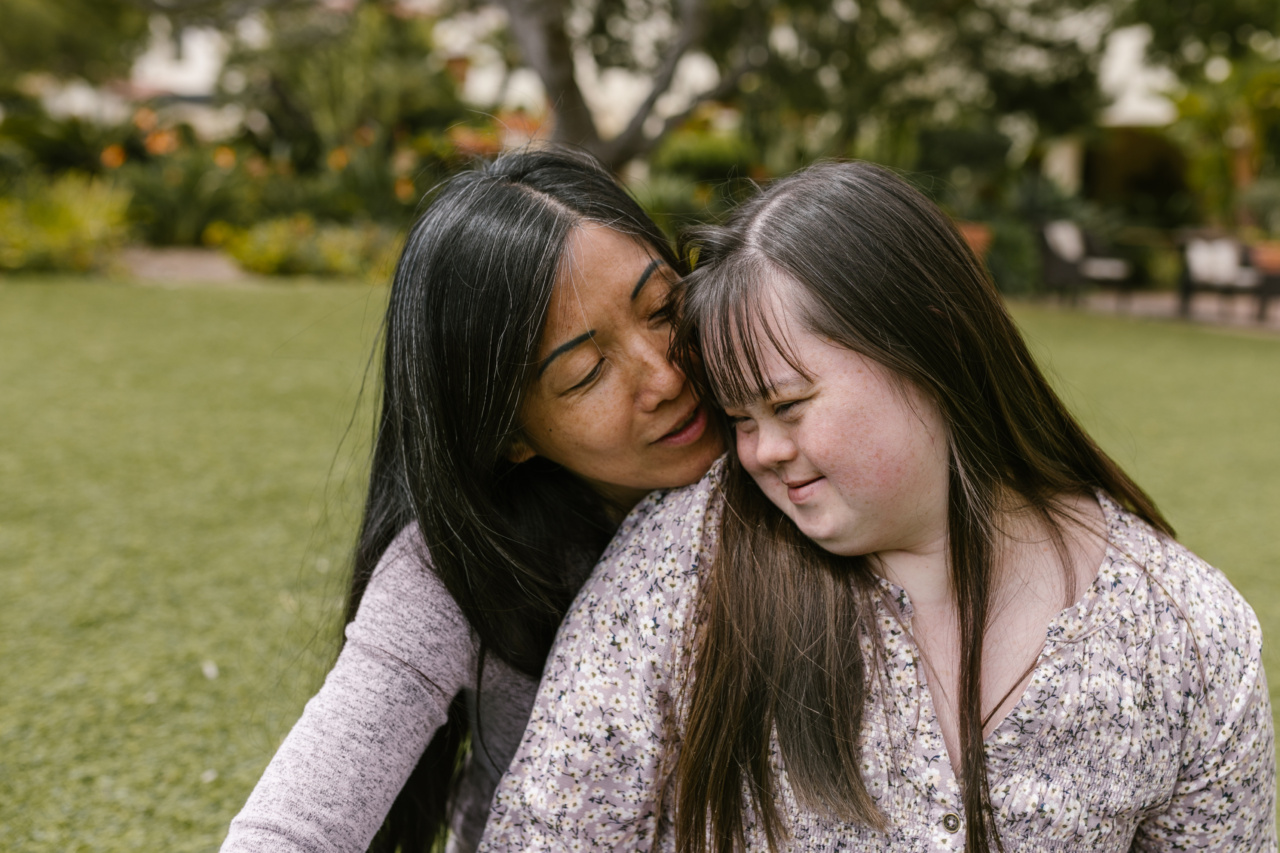Autism spectrum disorder (ASD) is a complex neurodevelopmental condition that affects communication, social interaction, and behavior. ASD is typically diagnosed by observing a child’s behavior patterns and developmental milestones.
However, recent studies have suggested that certain behaviors, such as hugging, may play a significant role in identifying early signs of autism. In this article, we will explore the potential connection between hugging and autism diagnosis, and how it can help provide crucial insights into the condition.
The Importance of Early Diagnosis
Early diagnosis of autism is critical for several reasons. Firstly, it allows for early intervention and access to appropriate therapies, which can significantly improve a child’s social and communicative skills.
Secondly, it helps parents and caregivers understand the unique needs of the child and provides them with the necessary resources and support.
Lastly, early diagnosis helps prevent delays in educational and behavioral interventions, promoting better developmental outcomes for children with autism. While there are various established diagnostic tools and evaluations used by professionals, there has been growing interest in exploring additional indicators that could potentially enhance the accuracy and efficiency of autism diagnosis. One such indicator is hugging.
The Science behind Hugging
Hugging is a universal human behavior that serves as an important means of social bonding and emotional expression.
The act of hugging releases oxytocin, often referred to as the “love hormone,” which plays a crucial role in nurturing emotions, trust, and social interactions. Oxytocin not only promotes feelings of comfort and security but also helps regulate stress and anxiety levels. Researchers have observed that children with autism often show differences in their responses to hugging compared to neurotypical children.
They may display aversive or avoidant behaviors when it comes to physical contact, including hugging. These observations have led experts to investigate the potential link between hugging and autism diagnosis.
Hugging and Early Warning Signs of Autism
Early warning signs of autism can manifest as early as infancy. Babies typically seek comfort through touch and proximity, including hugs.
However, studies have shown that infants with autism may exhibit reduced interest in hugging or a lack of response to physical touch. This can be an early indication that a child may have difficulties with social bonding or experiencing and expressing emotions. As children with autism grow older, their difficulties with hugging and physical contact can become more apparent.
Many individuals with autism have sensory processing issues, and certain textures, pressures, or sensations may be overwhelming for them. Hugging, which requires close physical contact, can often trigger sensory sensitivities, leading to aversive reactions or even meltdowns.
Assessing Hugging Behaviors
Professionals and caregivers can use specific techniques to assess a child’s hugging behaviors and gain valuable insights into their social and emotional development. Here are a few strategies that can be employed: 1.
Observation: Caregivers can observe a child’s responses to hugging in different contexts and settings.
Do they initiate hugs independently, or do they consistently avoid physical contact? Are they comfortable receiving or reciprocating hugs with familiar individuals? These observations can provide important clues about a child’s comfort level with interpersonal touch. 2. Gradual Exposure: Gradually exposing a child with autism to different types of touch can help desensitize them and build tolerance.
This can be done by starting with non-invasive touch, like holding hands, and gradually progressing to gentle hugs. Caregivers should be sensitive to the child’s comfort level and never force physical contact. 3.
Social Stories and Visual Cues: Social stories, visual schedules, or picture cards can be used to illustrate appropriate hugging behaviors and help children understand the purpose and significance of hugging. These tools can assist in teaching social norms and expected responses. 4.
Therapeutic Interventions: Occupational therapists and other professionals can work with children on sensory integration techniques, providing strategies to manage sensory sensitivities that may be hindering their ability to engage in hugging or physical contact. By assessing a child’s hugging behaviors, professionals can gain valuable insights into their sensory processing, social interaction, and emotional regulation. These insights can contribute to a more accurate and comprehensive diagnosis of autism.
Limitations and Considerations
While the role of hugging in autism diagnosis shows promise, it is important to recognize certain limitations and considerations: 1.
Individual Differences: Hugging behaviors and preferences can vary significantly among individuals with autism. Some individuals may be highly averse to physical contact, while others may actively seek it. It is crucial to consider each individual’s unique sensory profile and personal preferences when interpreting their behaviors. 2.
Social and Cultural Factors: Social and cultural factors can influence hugging behaviors and norms. Some cultures may have different attitudes towards physical touch, and not all individuals on the autism spectrum will conform to the typical social expectations.
It is essential to consider the broader sociocultural context when assessing hugging behaviors. 3. Spectrum Variability: Autism is a spectrum disorder, meaning it encompasses a wide range of individuals with varying strengths and challenges. Hugging preferences and behaviors can differ greatly within the autism spectrum.
Generalizing findings across the entire spectrum may oversimplify the complexities of the disorder.
The Future of Hugging in Autism Diagnosis
As the understanding of autism continues to evolve, incorporating hugging behaviors into diagnostic assessments may prove valuable.
This approach could enhance the accuracy and early identification of autism, leading to more timely interventions and improved outcomes for individuals with the condition. Further research is needed to establish standardized protocols for assessing hugging behaviors, considering individual differences and cultural nuances.
Collaborative efforts between researchers, clinicians, and other stakeholders are essential to ensure that hugging becomes an integral part of a comprehensive autism diagnostic framework. Unlocking the potential of hugging as a diagnostic tool could open new doors for early identification and intervention, ultimately improving the lives of individuals with autism and their families.




























